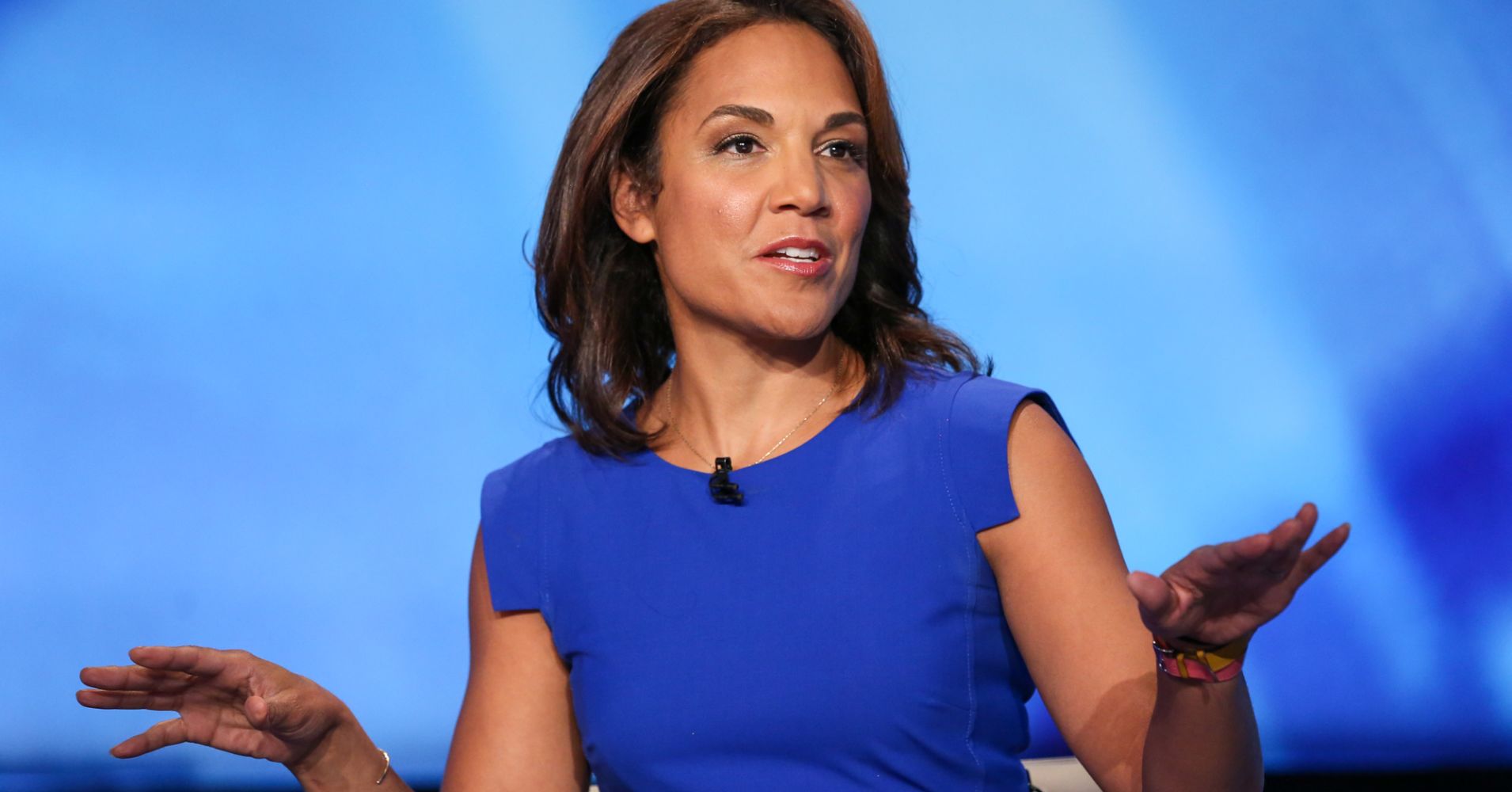Trump faces ‘cruel summer’ for oil after Iran move: RBC’s Helima Croft

[ad_1]
President Donald Trump could be facing a “cruel summer” when it comes to crude oil prices, says RBC’s Helima Croft.
Oil prices surged to nearly six-month highs after the Trump administration said Monday that it would end a waiver program that allowed certain countries to purchase oil from Iran. The move, ostensibly aimed at driving Iran’s oil exports to zero, calls into question how global oil supply will fare in a scenario where a few key players hold most of the cards.
“It’s the ultimate high-wire act for President Trump,” Croft, who is head of global commodity strategy at RBC, told CNBC’s “Futures Now” on Tuesday. “He’s trying to balance the need to keep oil prices contained in relief for the U.S. consumer while at the same time punishing Iran and Venezuela.”
Now that these two OPEC countries are under strict U.S. sanctions, the United States’ relationship with the world’s other major oil powerhouse is coming under scrutiny, Croft said.
“[It] puts a lot of pressure on the U.S.-Saudi relationship,” she said. “This policy is now hinging on whether President Trump can get Saudi Arabia to once again open the taps. The Saudis are sitting on about a million barrels of spare capacity, but they do not want to tank this market. So President Trump has a lot of moving parts if he hopes to keep oil prices contained.”
To make things more difficult for the president, Saudi Arabia’s goals don’t exactly match his. Croft noted that the Saudi oil minister’s price target for Brent crude, the international benchmark, is between $60 and $80 (though, by Croft’s estimate, their ideal price is closer to $80). That means that Saudi Arabia could hold out for longer than Trump wants it to as it waits for Brent, which is currently around $74 a barrel, to hit $80.
“Right now, the Saudis have said, ‘OK, we’re going to look at the market. We’re going to make sure it’s well supplied,'” Croft said. “We think they’ll put probably an additional 400,000 barrels on the market [and] go up to what their OPEC quota is, but I think they’re going to adopt a wait-and-see approach.”
However, if the Saudis don’t cooperate quickly enough, and the U.S. oil market starts to feel the heat of shrinking supply, Croft highlighted another potential play for Trump: Strategic Petroleum Reserve releases.
But “how you use the SPR is going to be critical,” she said. “Do you just do a one-time release? That could lower prices but signal the market’s very tight. Or does he have to come out with an announcement of, basically, a continual release over a certain extended period? So the SPR can play both ways, but if Saudi’s not going to help, that’s the tool in his arsenal that he can go to.”
The biggest wild card in this situation is what happens in Libya, another OPEC country on the brink of civil war that hasn’t kept consistent production levels in months, Croft said.
“Libya is the No. 1 wild card. This sort of makes or breaks the Trump policy,” she said. “When you have Tripoli being shelled, when you have … this near-civil-war situation, oil’s clearly at risk in that type of context, and President Trump cannot afford Libyan production to go off. So if we have Libyan production off and the Saudis are going to basically slow-walk a production increase, then we’re really looking for an SPR release. We think that is what they’ll have to do this summer.”
The United States has only used its SPR three times, the latest being in 2011 following a series of disruptions tied to the Arab Spring.
WTI crude settled above $66 a barrel on Tuesday, with Brent crude staying in the $74 range.
Source link







